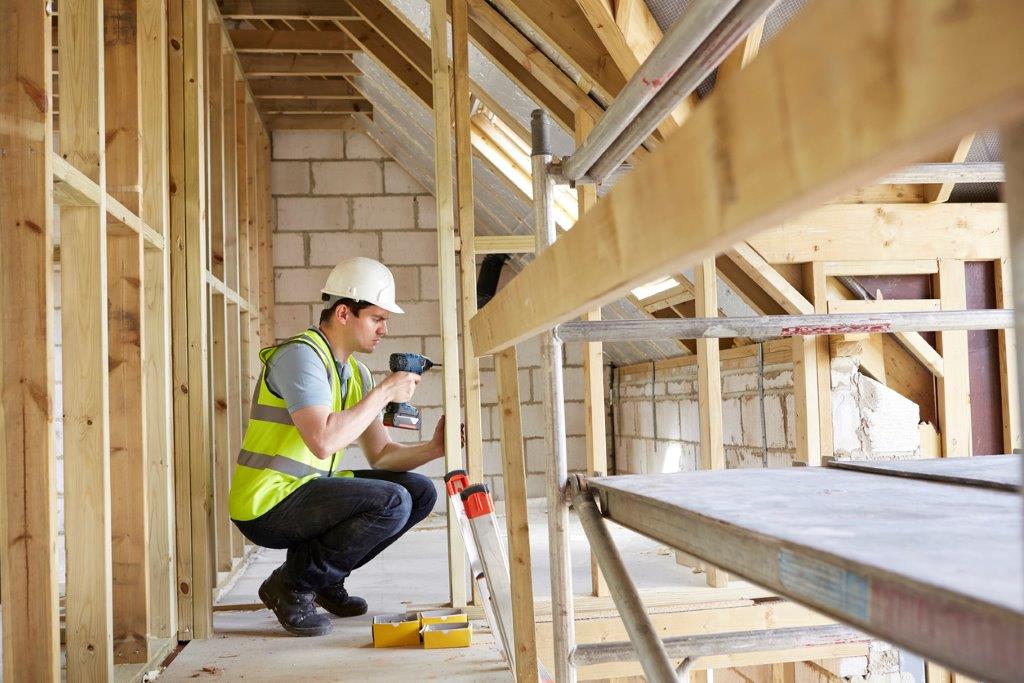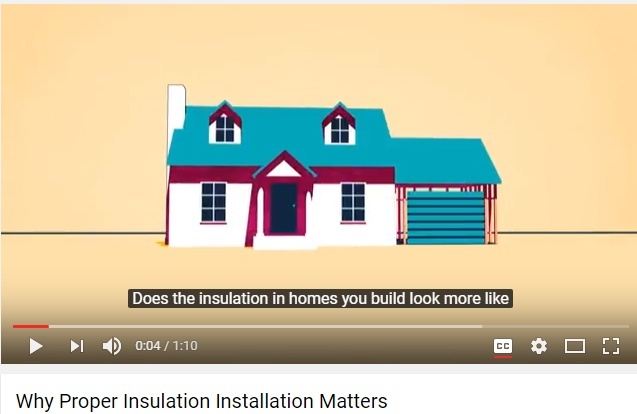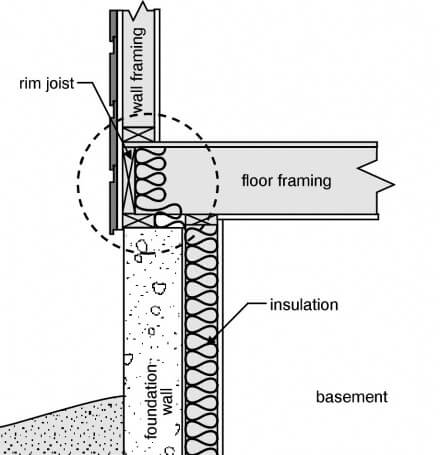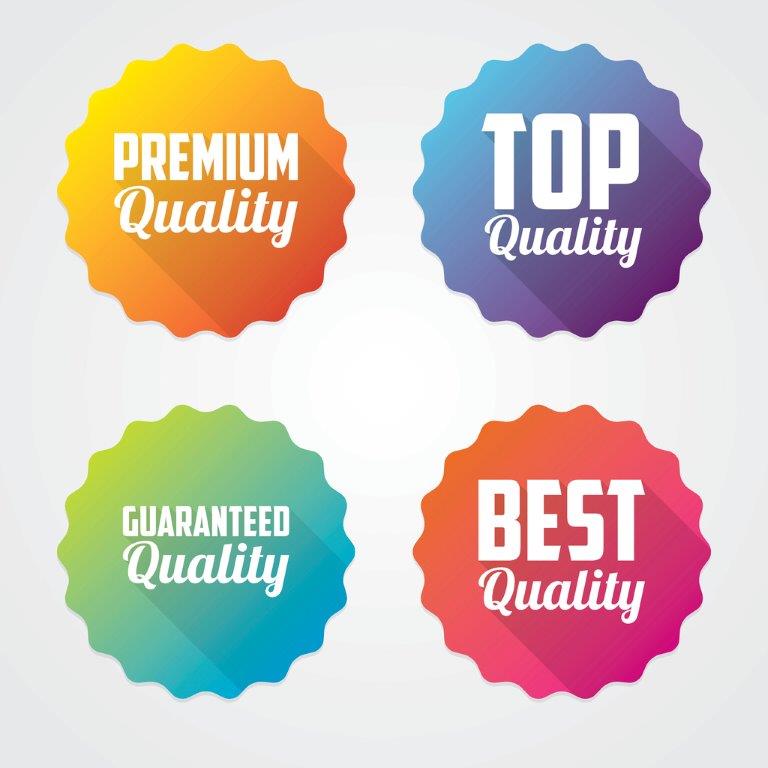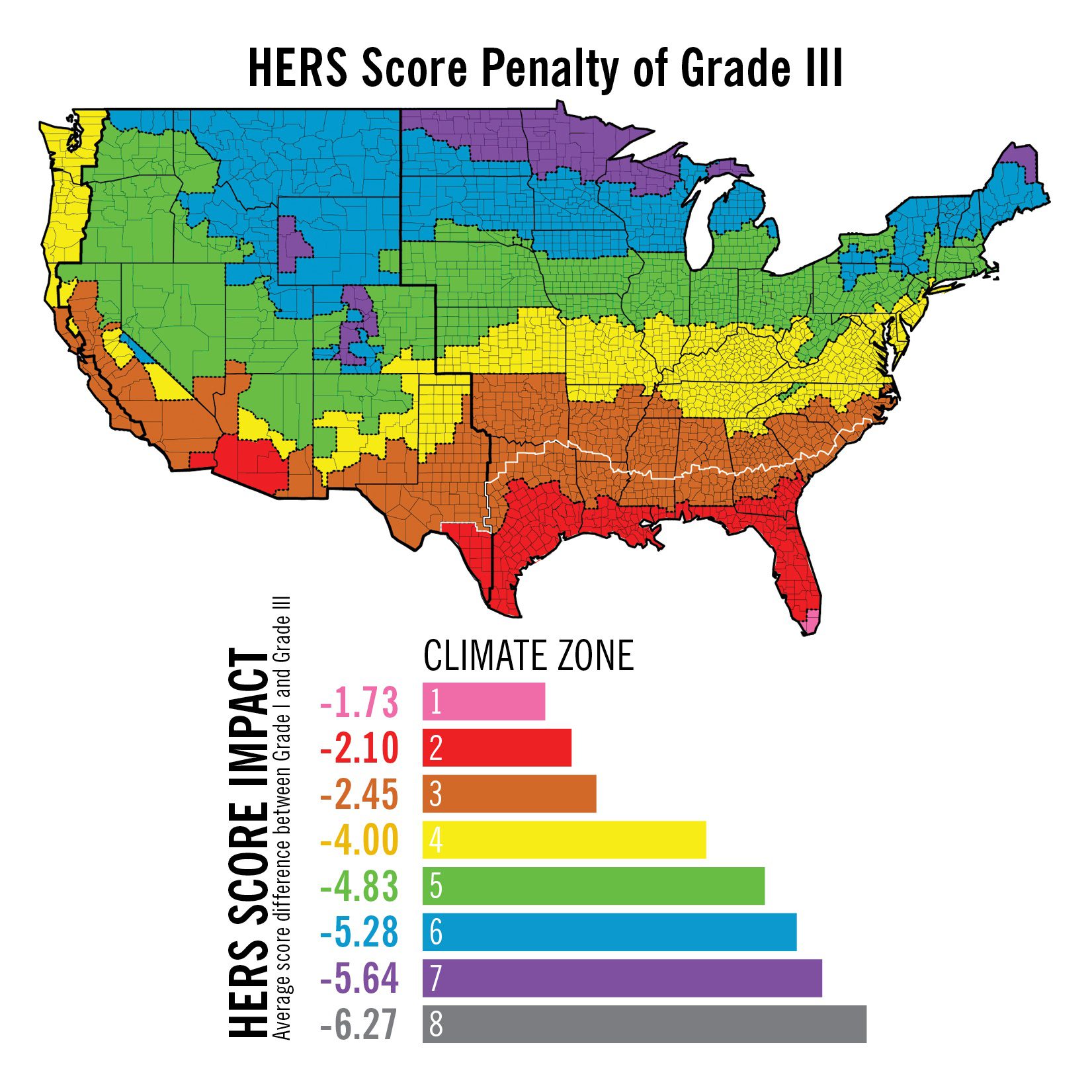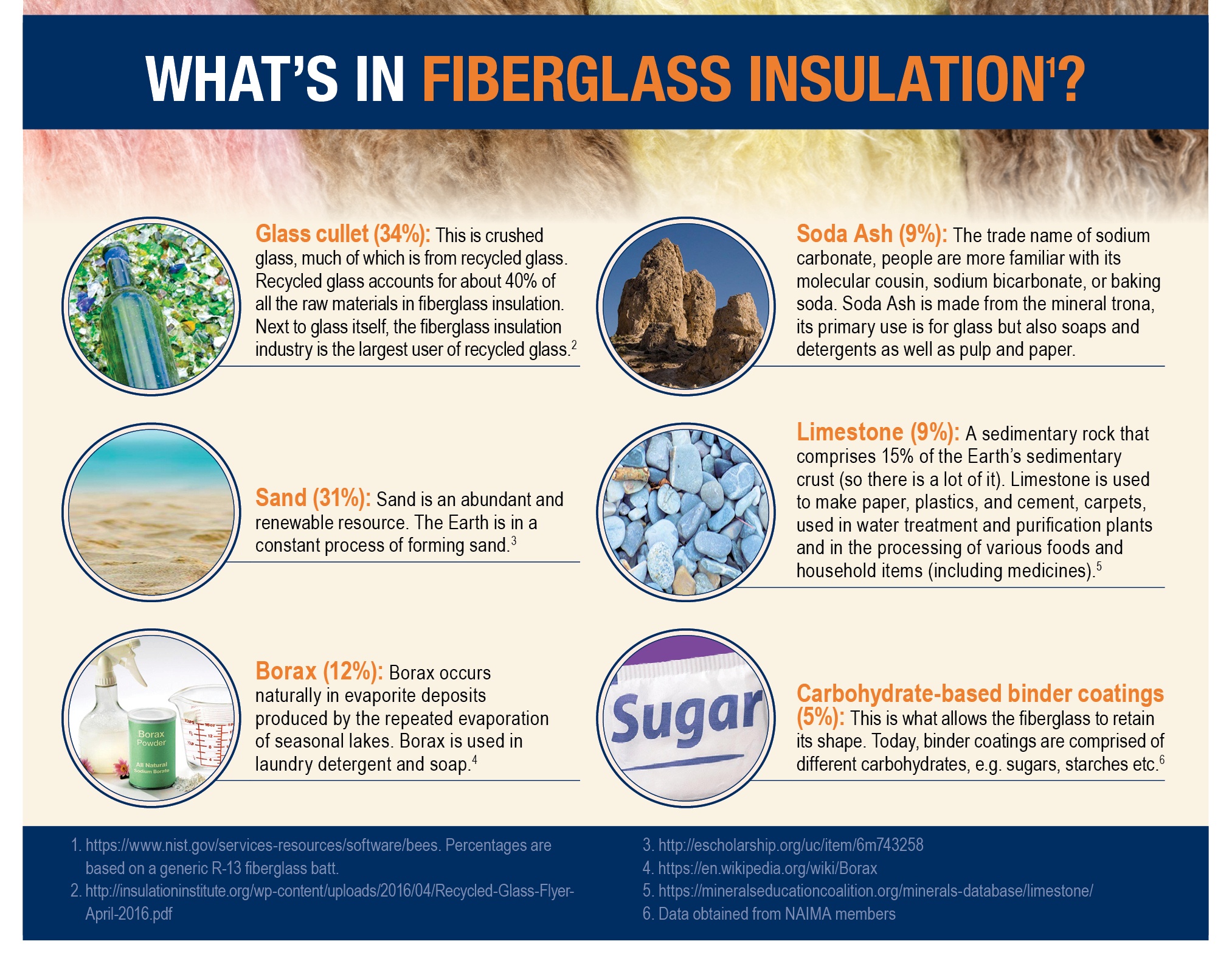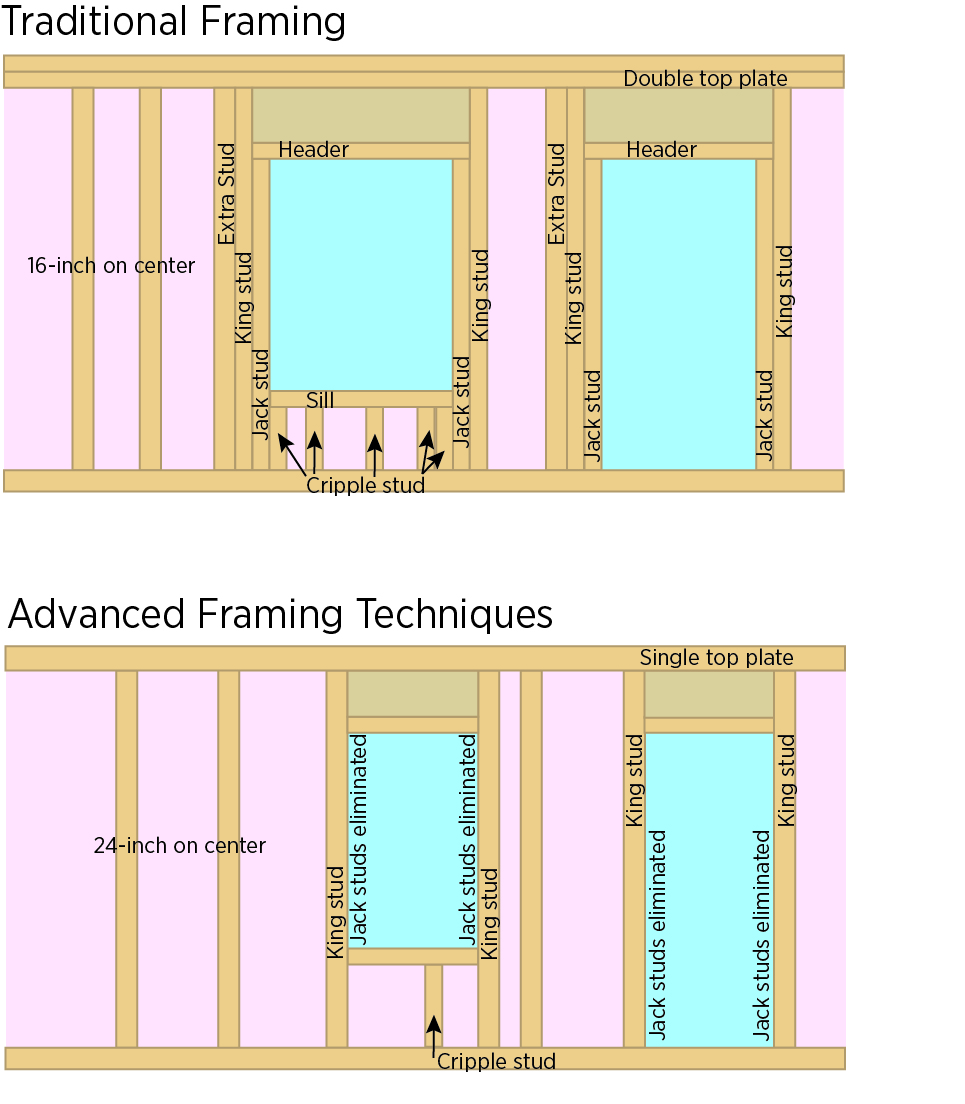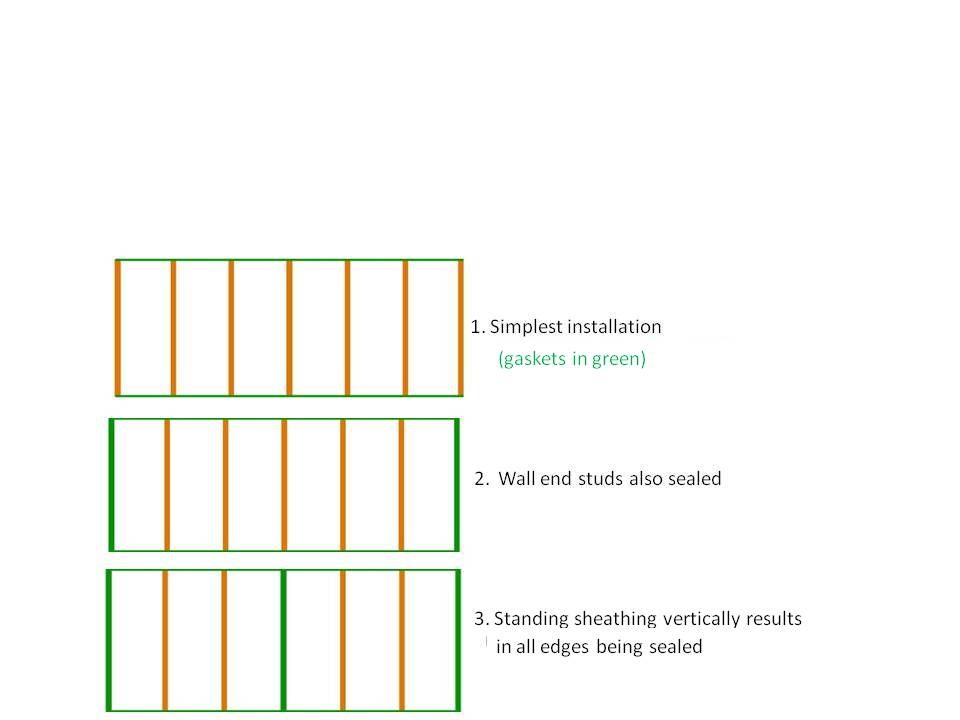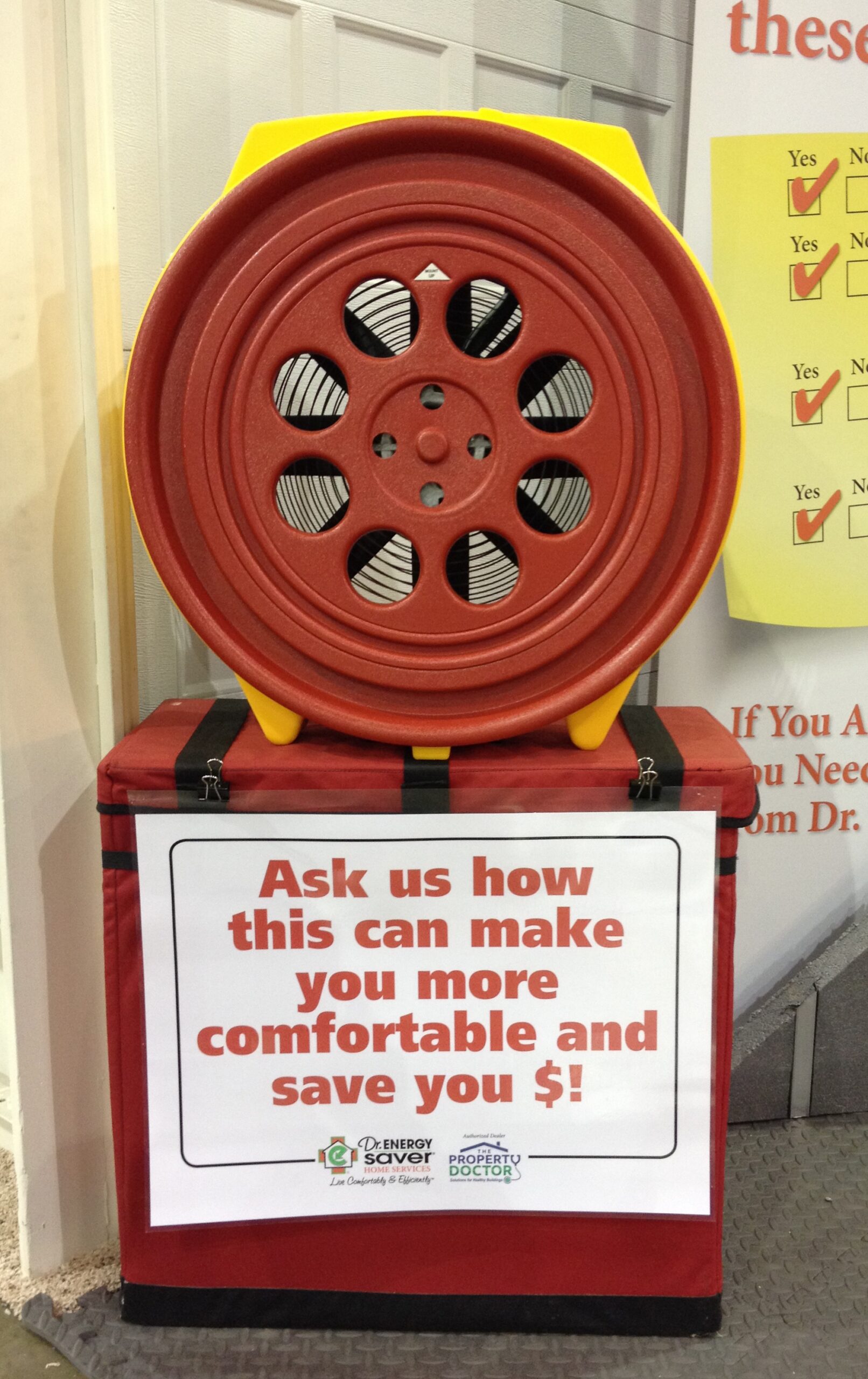Reducing residential construction accidents requires builders and contractors increase emphasis on worker safety training.
The Occupational Safety and Health Administration (OSHA) last November issued a final rule that updates its walking-working standard, first published 44 years ago. The new rule now makes general industry subject to the fall protection requirements, but does not change construction and agricultural standards. OSHA’s expansion of the walking-working surfaces rule signals that it views reducing worker injuries and fatalities seriously and builders and their contractor business owners should take note, says Mark Paskell, Founder of The Contractor Coaching Partnership, Inc.
Details »